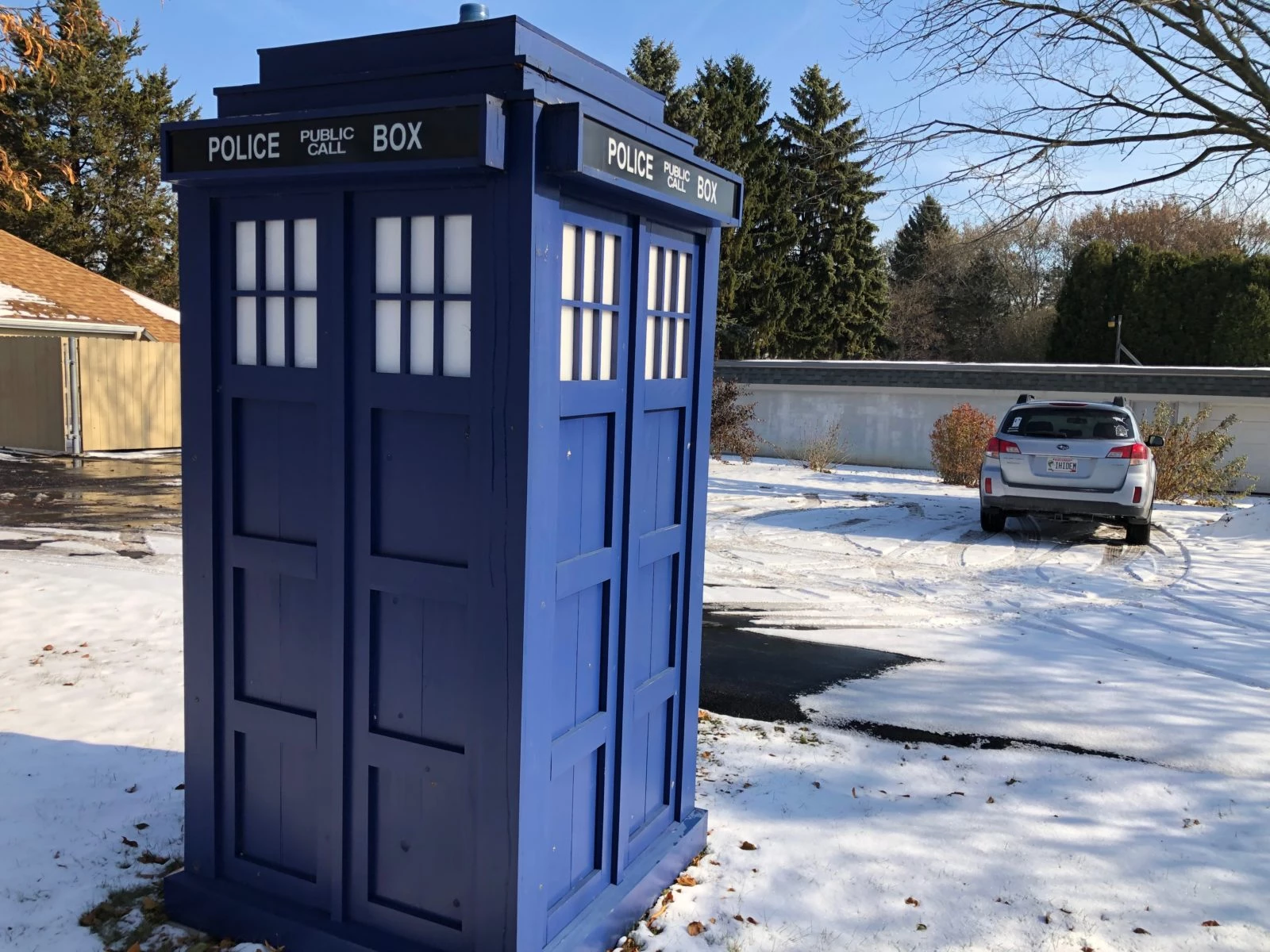For the bonus homework:
The session includes abbreviations and pro signs. I’ve attached two PDF files. qcodes.pdf has a nice half-page of common abbreviations and some Q codes used in nets, fsd218.pdf, from ARRL has pro signs on the fourth page.
Welcome, Session 01, 02, 03, 04, 05, 06, 07, 08, 09, 10, 11, 12, 13, 14, 15, 16
Unfortunately, I didn’t write down what I actually mentioned during class. On my pre-class notes I had an exercise where send a Q-code or abbreviation of your choice, then a very short phrase summarizing what it means. The intent of this would be to think about how you’d communicate this concisely. Pick four of them. We’ll likely have repeats – that’s okay.
For example:
TU is Thank You
QRT is My station is shutting down.
If you can, listen to the K1USN SST on Sunday either on air or via Web SDR, see what you can pick off. Ideally, this would be the exercise for session 14, but the timing of K1USN works out for Sunday’s Session 13, so that’s what we’ll work with.
If you want to try to make an on-air contact, that would be awesome, too. As a reminder, here’s the info from last time:
Questions that came up:
1. Dashes in the QSO examples – I think those are intended to be pauses like <BT> (though I don’t know why they didn’t just use that since it was introduced earlier). Here are the most common punctuation marks:
? (question mark) ..--.. / (slash) -..-. . (period) .-.-.- - (dash) -....- , (comma) --..--
2. Mistakes – send eight dots, take a breath, then repeat the word. The breath gives your listeners some time to reset their headcopying buffers, but it can also help calm nerves when you send — then repeat the word or sequence.
As a reference point, for the intermediate and advanced classes last week, one of the assignments was for the students to get on the air/Zoom and measure their error rate per QSO. Everyone had them, which is to say, don’t get too worked up about it. (Hence, “take a breath.”) On zoom, you’re among friends.
(Also, the concept of “error rate per QSO” is squishy given QSOs vary in length, and can be quite long when one is talking about their QRX fed through Bill’s 300W amplifier.)
3. Q Codes and traffic nets – See this and this. Stephen, if you have a list of suggested nets to listen to, please post a few.
4. Instant character recognition – will come with practice. If you haven’t already, take a look at the curriculum for the basic class. A few things to notice:
- (page 8) This is conceptual diagram of ICR.
- (page 2) The first four sessions are at 4wpm, so you’re already there (or very close). It does ramp up thereafter.
- (page 4) Some of the bad-habits mentioned. One of my thoughts with trying to do K1USN now, even if it’s just listening, is to help you transition towards getting on the air with CW.
So all of this is saying you’re all doing well. During the November/December break, I’d suggest we’ll start looking at the sessions in the curriculum, then use our time to answer questions and practice sending to/copying from each other through various exercises: trivia, haiku, describing a process, planning a dxpedition, and the “wild weasel” (in which you answer simple questions [state and province abbreviations are great for this] in CW, but after each player, we ratchet up the characters per minute.)
